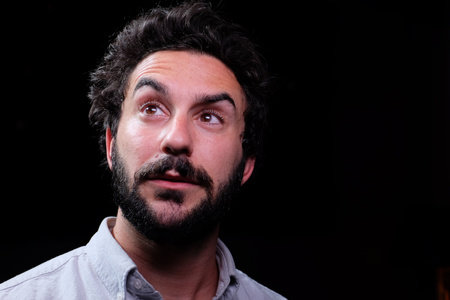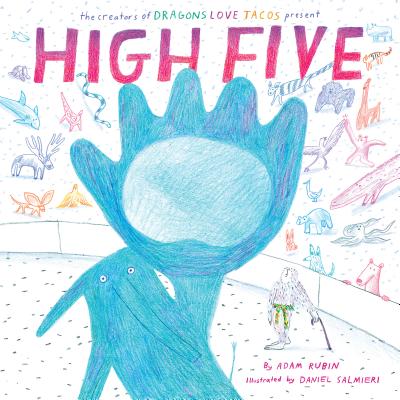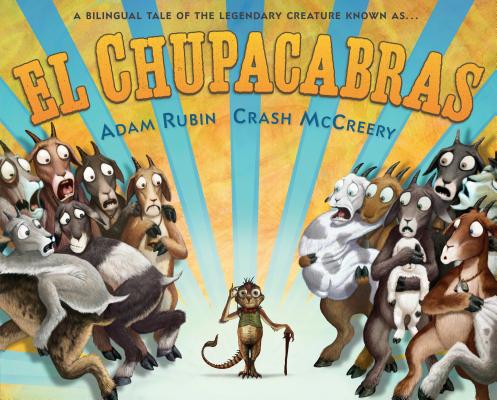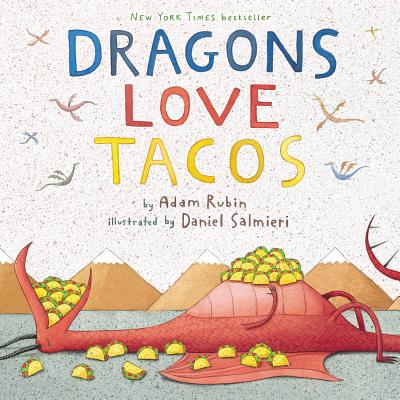Share this Post

The C.R.E.A.T.E Series is a look behind the curtain at what inspires and motivates children's authors and illustrators. We'll take a peek at their creative spaces, learn about any unique writing or drawing habits, and examine how to carve out time in the day for creativity.
Today we're featuring Adam Rubin, the author of hilarious picture books such as Dragons Love Tacos, Those Darn Squirrels, Secret Pizza Party, and his newest book High Five. Like me, Adam comes from an advertising background. He started out at Leo Burnett writing Happy Meal commercials, which led to a creative director position in NYC. But along the way, he’s become a NY Times best-selling author, published ten books, and managed to keep his sense of humor.
"Give yourself permission to like the things that you like, and take the leap of faith that other people might like them too."

Adam: When I was working at the advertising agencies, I would write at night at my kitchen table. It was something I wanted to do, so I found the time to do it. If I slept a little bit less that night, I guess that was okay; a little extra coffee in the morning didn’t hurt.

Adam: I always have a glass of water. I listen to a lot of Bach concertos, but I don’t know if there is any reason behind that except that it’s very pleasant. They’re like four hours long and I don’t like to have a big variance in tone in the music while I’m writing. It all flows together and I can tune it out or tune it in at any moment.

"Now I prefer cramped quarters with very little distraction. . . . It has to be that way for me because I have a special kind of genius for procrastination."

Adam: I really like trees and nature. Now that I’m back in New York City, it’s hard to look anywhere without finding some sort of inspiration. You've got all these human stories unfolding on the sidewalk and you're overhearing all these conversations. To me it’s getting out of the house. I really try to get away from the screen if I can and just look around.

Adam: I’ll leave the house and go take a walk. I think it’s important, for me at least, to give myself permission to have a bad day. And not sit there squeezing a dry stone all day, because then I’ll just beat myself up and feel bad about it. So if it really is one of those days were it’s just not happening, I’ll just leave. I’ll go for a walk, do something else, enjoy myself, and then that night I’ll read whatever project I’m working on right before I got to bed and usually that helps me wake up and [get] in the mindset to dive back in.

Adam: The nice thing about writing a book is that you almost have total control. You can create an object that is really a specific expression of your imagination. So when you get notes on a personal project or something that’s really close to your heart, it’s painful. Taking creative feedback is one of the hardest things about working in a creative field.





